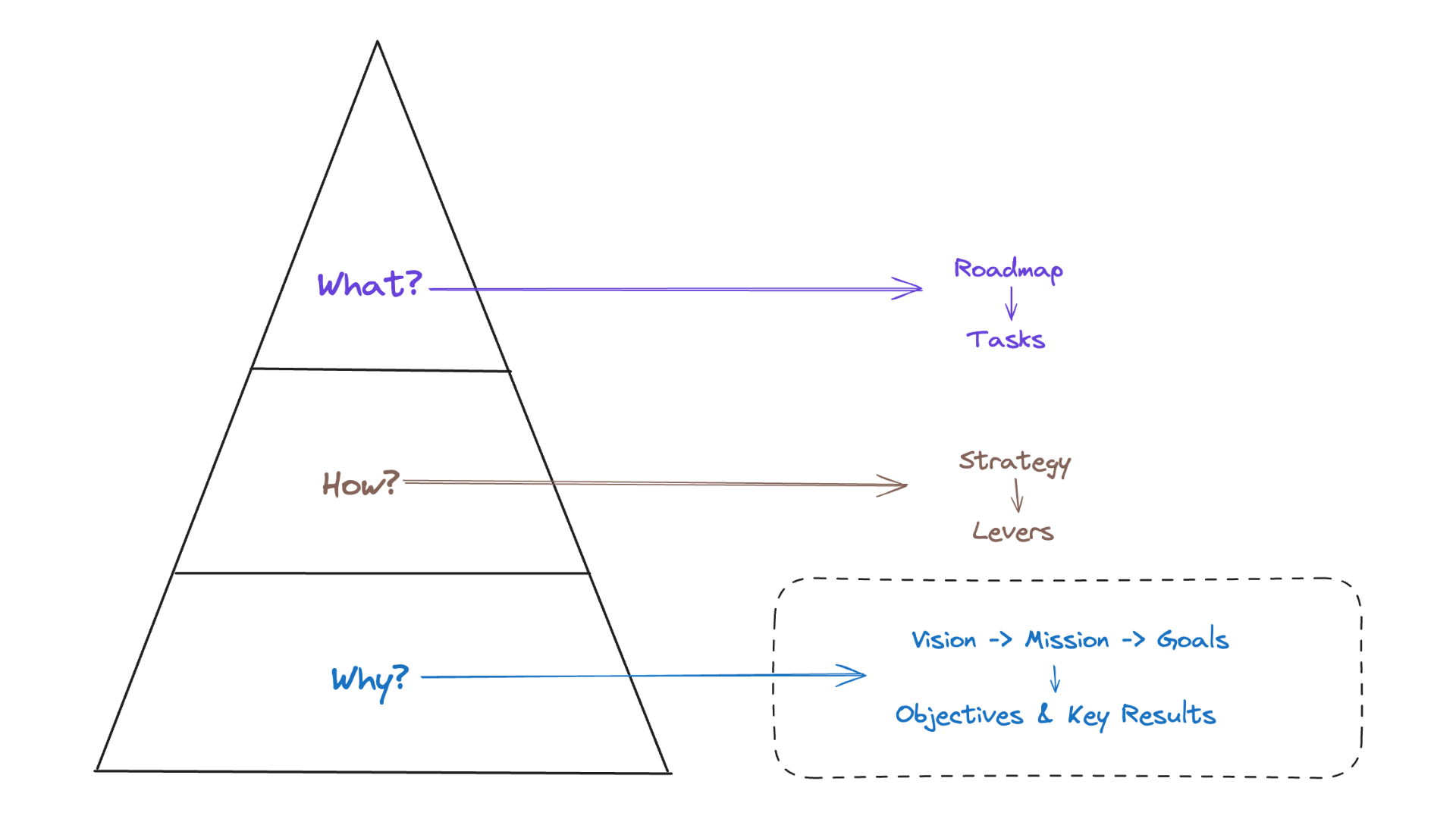What is the Ideal Frequency for Refreshing OKRs in Growth Planning?
Following our exploration of organizational contributions to growth planning, this concept addresses the ideal frequency of refreshing OKRs to balance continuity with necessary adaptation.

Continuity vs. Adaptation:
The frequency of OKR revision plays a crucial role in organizational clarity and adaptability. Frequent changes in goals or priorities can lead to confusion, as consistent communication is required to ensure that the significance of these goals is understood throughout the organization.
However, adhering rigidly to established goals in the face of significant changes in the macro-economic climate or competitive landscape can undermine the utility of OKRs. It is essential for founders and executive leadership to find a balance between maintaining continuity and adapting to new information.
Ideal Frequency for Refreshing Objectives:
Given the need to balance continuity with the ability to adapt, an annual revision of goals is generally advisable. This approach allows for substantial reflection on the previous year's achievements and the evolving business landscape.
For example, a tech company may initially focus on user growth but might shift to enhancing user engagement as a primary objective in the following year based on market feedback and operational insights.
Ideal Frequency for Refreshing Key Results:
While objectives might be refreshed annually, key results should ideally be reviewed and potentially revised quarterly. This more frequent evaluation allows organizations to stay agile and react to short-term changes and challenges.
An example here could be a sales team adjusting their quarterly key results from increasing customer contacts to improving the conversion rate of existing leads, based on the performance of the past quarter.
Takeaway:
To effectively use OKRs, organizations should aim for an annual refresh of their broader objectives to ensure they remain relevant and aligned with long-term goals. Key results, however, benefit from a quarterly review to adapt quickly to operational successes or setbacks.
This structured approach helps maintain strategic focus while allowing flexibility in tactical execution.